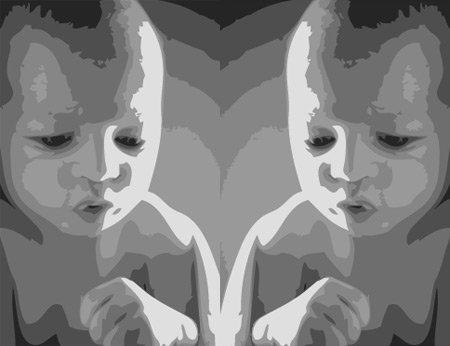MRI imaging does not utilize ionizing radiation and is therefore considered to be safe for clinical trials. With regards to autism, scientists from the Institute of Education (London) have put forth that gauging brain activity of infants aged 6 months could help in indicating the development of autism in the future.
The team believed that infants who are likely to develop autism in the future apparently manifest brain abnormalities corresponding to their reaction to someone’s gaze. As part of the trial, the scientists observed six 10-month old babies who seemed to be at greater risk for developing autism, owing to family history of the same.
Professor Mark Johnson, MRC Scientist and head of the Centre for Brain and Cognitive Development at Birkbeck, University of London, cited, “Our findings demonstrate for the first time that direct measures of brain functioning during the first year of life associate with a later diagnosis of autism – well before the emergence of behavioural symptoms.”
By means of passive sensors transfixed on the scalp of the babies, the analysts examined their brain activities, while they witnessed faces making eye contact with them or looking away from their faces. The results showed that children who could develop autism at a later stage presumably processed social information differently than normal babies.
However, the investigators cautioned that the findings required more refinement, considering this analysis was the first step towards earlier diagnosis of autism. The study is published in the journal, Current Biology.

